Some of the links in this post may be affiliate links.
Have you been struggling with fungus gnats infesting your houseplants and are desperate to get rid of them? If so, you’ve come to the right place! I will give you the complete picture of how to get rid of this nuisance pest. There are many remedies out there, but I will share ones that I have personally used and know that work.
Most of the solutions provided are organic solutions, but I will also discuss other methods. You can use your own discretion in terms of what you’re comfortable with.
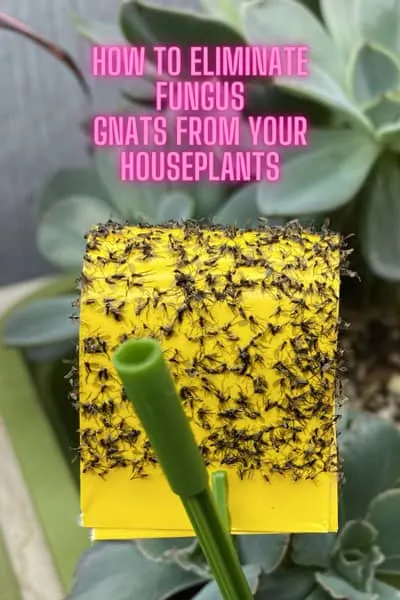
Table of Contents
FUNGUS GNAT LIFE CYCLE
Before I get into how to eliminate fungus gnats from your houseplants, it is very important that you understand their life cycle, and also the conditions that help them to thrive.
Once you understand this, the 3 main things that you need to do to eliminate them will make more sense, and you will be more inclined to take all the necessary steps!
According to Cornell University, the lifecycle for fungus gnats consists of:
- ADULT: Flying adults will only live up to 8 days.
- EGG: The adult females then lay up to 200 eggs on the surface of the potting mix and they can about 3-6 days to hatch.
- LARVA: The eggs then hatch into Larvae and will start feeding for about 2 weeks.
- PUPA: Finally the Larvae pupate for 3-7 days and the adult fungus gnats emerge and starts the cycle all over again.
The temperature that your houseplants are growing in greatly affects the length of the life cycle. Lower temperatures will cause the life cycle to take more time.
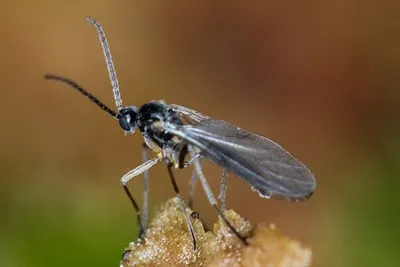
Photo Credit: Andy Murray, CC BY-SA 2.0
Cornell University also states that the optimal temperatures for fungus gnat development is about 70-75F. I found this really interesting because I seemed to validate this in my own home!
I’ve only noticed fungus gnats in my basement (where I have a grow light set up) and the temperature stays around 74-75F. In my sunroom, which normally stays in the upper 60s F, I’m not sure I’ve seen a single fungus gnat there.
Lastly, fungus gnat larvae mostly hang out in the top 1-2 inches of your potting mix and they like moist conditions so if your potting mix never dries out, you are helping to proliferate the problem!
Why is all this necessary to know? Because you need to attack on all fronts in order to effectively control fungus gnats.
3 STEPS TO GET RID OF FUNGUS GNATS
There are 3 main things you need to do in order to effectively control fungus gnats in your houseplants:
- Control Your Cultural Conditions
- Capture Adult Fungus Gnats With Traps
- Treat Potting Mix to Kill the Larvae
If you only see a couple fungus gnats here and there, it’s really not a big deal, but sometimes you will be surprised just how many fungus gnats you can have once you start to trap them!
Fungus gnats are called “fungus” gnats because they feed on fungi growing in your soil or potting mix. Adult fungus gnats are harmless, but the larvae in the potting mix, if present in large numbers, can damage roots, particularly in younger plants.
CONTROL CULTURAL CONDITIONS
TEMPERATURE
Like I mentioned earlier, 70-75F (about 21-24C) is optimal for fungus gnat development. You may not have too much control over this factor, but it is worth noting.
MEDIA TYPE
Also worth noting is that fungus gnats get their name because the larvae in the potting mix/soil feed on fungi and other microbes. They will naturally be more attracted to mixes that have compost, blood meal, kelp, etc. because there are a lot of microbes (which are also extremely beneficial for plant growth so it is a catch-22).
This is not to say that you should avoid organic mixes, because I think you can successfully use mixes like this, but is also worth noting. There are some wonderful potting mixes that include compost and organic materials.
POTTING MIX MOISTURE
What you can control that will have a huge impact on fungus gnats is the degree to which you let the potting mix dry out. Fungus gnats thrive in moist potting mix, especially in the top inch or so of your pot.
In order to manage fungus gnat larvae from proliferating in your pots, allow the top inch of the potting mix to dry out before thinking about watering again.
By allowing the top portion of your potting mix to dry out, you’re making it less hospitable for fungus gnat eggs and larvae, and this will result in less gnats that will reach adulthood and pester you and your plants!
CAPTURE ADULT FUNGUS GNATS WITH TRAPS
While you are controlling your potting mix moisture, you will need to also trap any of the adult fungus gnats. Fungus gnats are weak flyers and you will see them normally flying pretty close to your plants.
It is critical that you capture the adults so that they won’t continue to lay eggs in your potting mix. There are a number of sticky yellow traps available.
Adult fungus gnats are attracted to the yellow traps, and once they land on them, they stick to the traps and aren’t able to fly away.
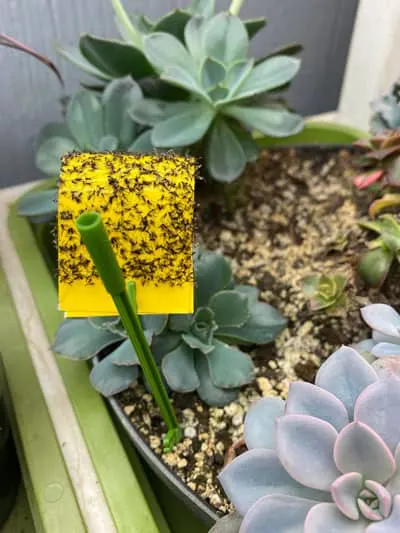
Pretty gross looking right? This is essential though since you need to trap all the adults that you can so that they can no longer continue to reproduce.
I buy my yellow sticky traps on Amazon. Simply bend the yellow sticky paper and insert it on the clip so that the sticky side is on the outside, and insert the plastic rod into the potting mix in your pots.
There are quite a few different kinds of yellow sticky traps, including ones that you can hang, so just choose one that works for you.
However, if all you’re doing is placing yellow sticky traps and not doing anything else, you will not get rid of your fungus gnat problem.
TREAT POTTING MIX TO KILL THE LARVAE
The last step that you’ll need to take is to treat the potting mix to kill the larvae so that they don’t turn into flying, adult fungus gnats.
There are some home remedies which I haven’t tried so I can’t speak to their effectiveness, but here are two very effective methods to kill fungus gnat larvae in your potting mix. One is a biological control, and the other is a systemic pesticide.
BIOLOGICAL CONTROL
If you are opposed to harsher treatments, one excellent product to use is Mosquito Bits. Mosquito bits are basically corn cob granules which are coated in BTI bacteria (Bacillus thuringiensis subspecies israelensis).
Always read the label for any of these products for proper use. When BTI is eaten by fungus gnat larvae, it kills them. Under proper use, BTI is not toxic to people and will not harm pets.
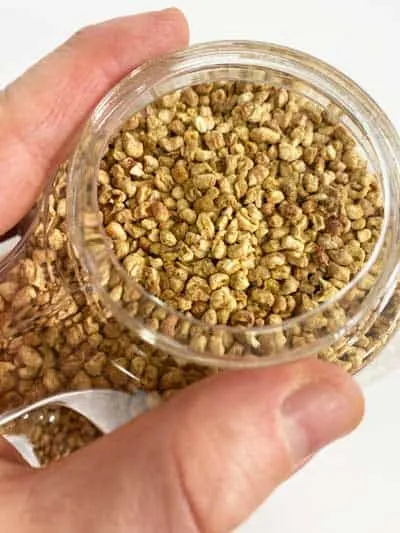
I buy my mosquito bits on Amazon. Refer to the label for directions, but all you have to do to treat fungus gnats using mosquito bits is to sprinkle them on the surface of your potting mix until there is a layer completely covering the surface.
Water as you normally would, and each time you water, you’ll release BTI into the potting mix. The fungus gnat larvae feed on it and then die.
Repeat this process once a week for at least 3 weeks. You can even do it for a full month to be safe. Remember that you must be persistent with any pest control and it is a good idea to treat even after you don’t see anymore pests.
SYSTEMIC CONTROL
Another option is to use a systemic insecticide. Unfortunately, these are not available everywhere and some countries don’t allow their use.
I sometimes use Bonide Systemic Houseplant Insecticide and it is very effective to kill fungus gnat larvae. You simply apply it to the potting mix as directed on the label and water it in.
The insecticide is then absorbed all throughout the plant. Not only does it kill fungus gnat larvae, but it will also help to protect against many other pests. Protection will last up to 8 weeks.
With some other pests, I often use Bonide Systemic Houseplant Insecticide in combination with sprays to add a little more “oomph” and it works very well.
FUNGUS GNAT TREATMENT SUMMARY
In order for effective control, you must do all of these items simultaneously:
- Control your conditions so that you don’t encourage a proliferation of fungus gnats. If you allow the top inch of your potting mix to dry out, it will go a long way in controlling them.
- Capture the flying adult fungus gnats using sticky traps so that they can’t lay eggs in your potting mix and continue the life cycle.
- Kill the larvae in your potting mix so that they don’t even make it to adulthood. Depending on what your preference is, you can use Mosquito Bits or a systemic houseplant insecticide.
If you do all 3 of these things, you will have gone a long way to minimize huge infestations. Be diligent for 3-4 weeks, and you can be successful!
Have you dealt with fungus gnats? Comment below. Interested in how to treat other pests? Check out my other posts on:

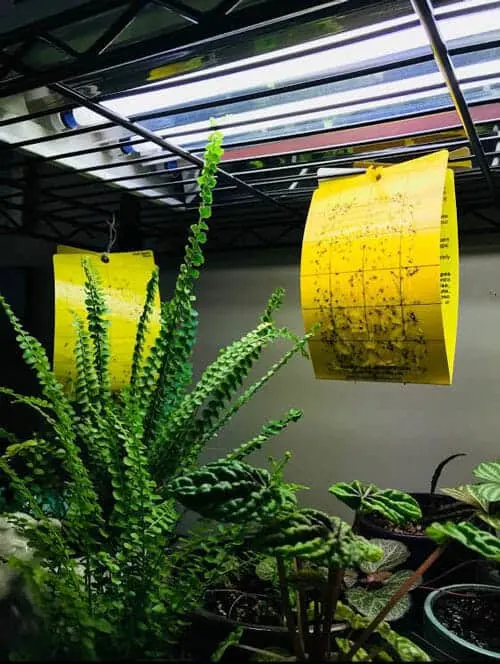
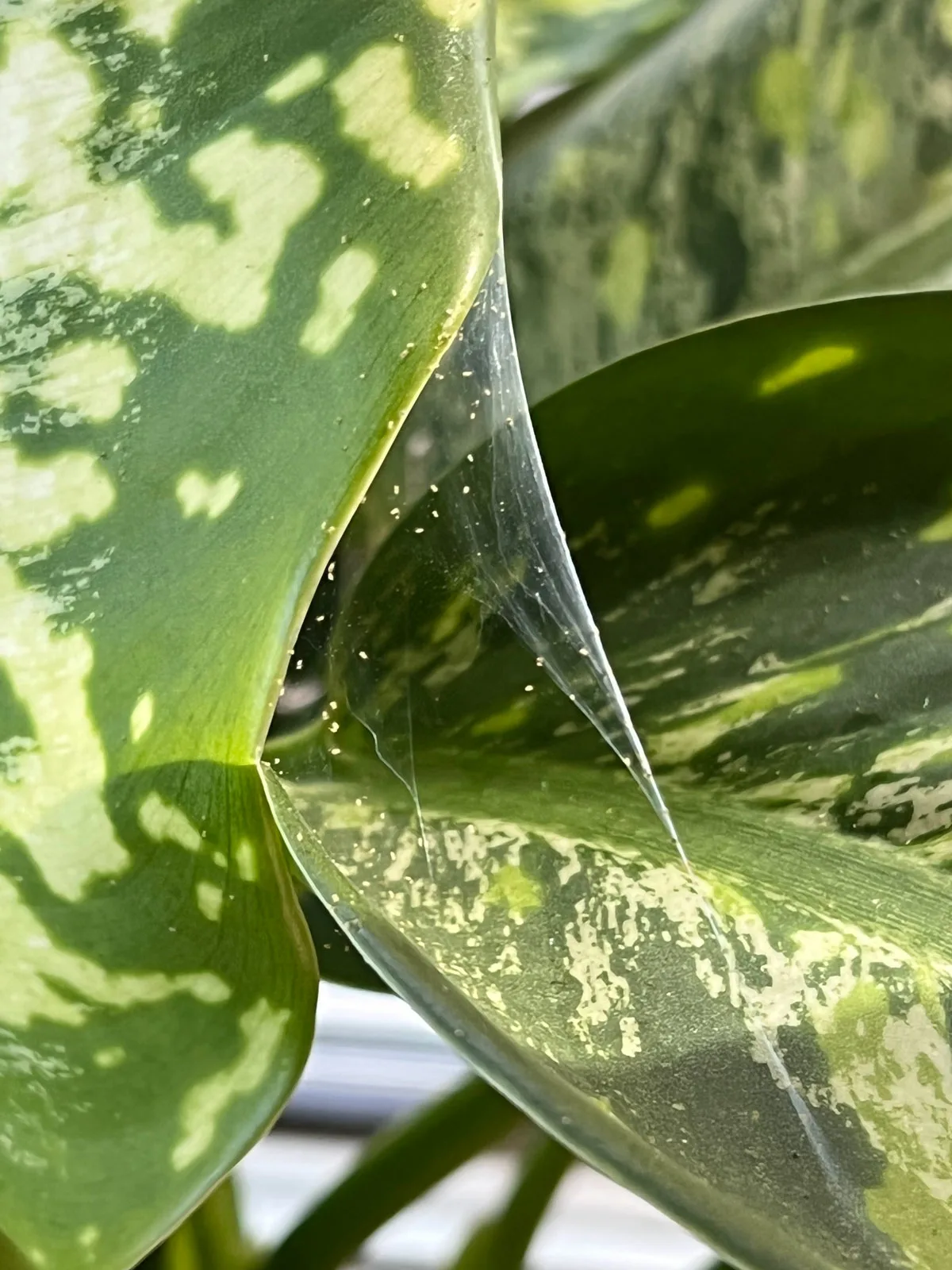
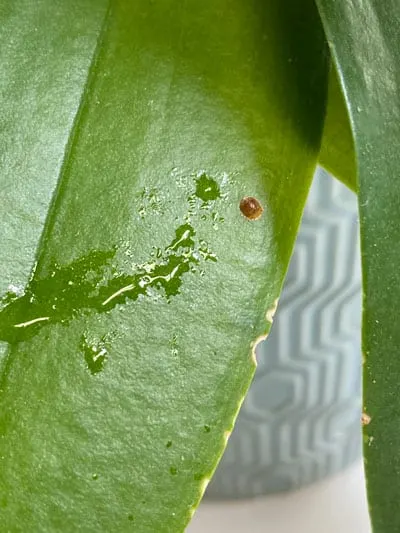
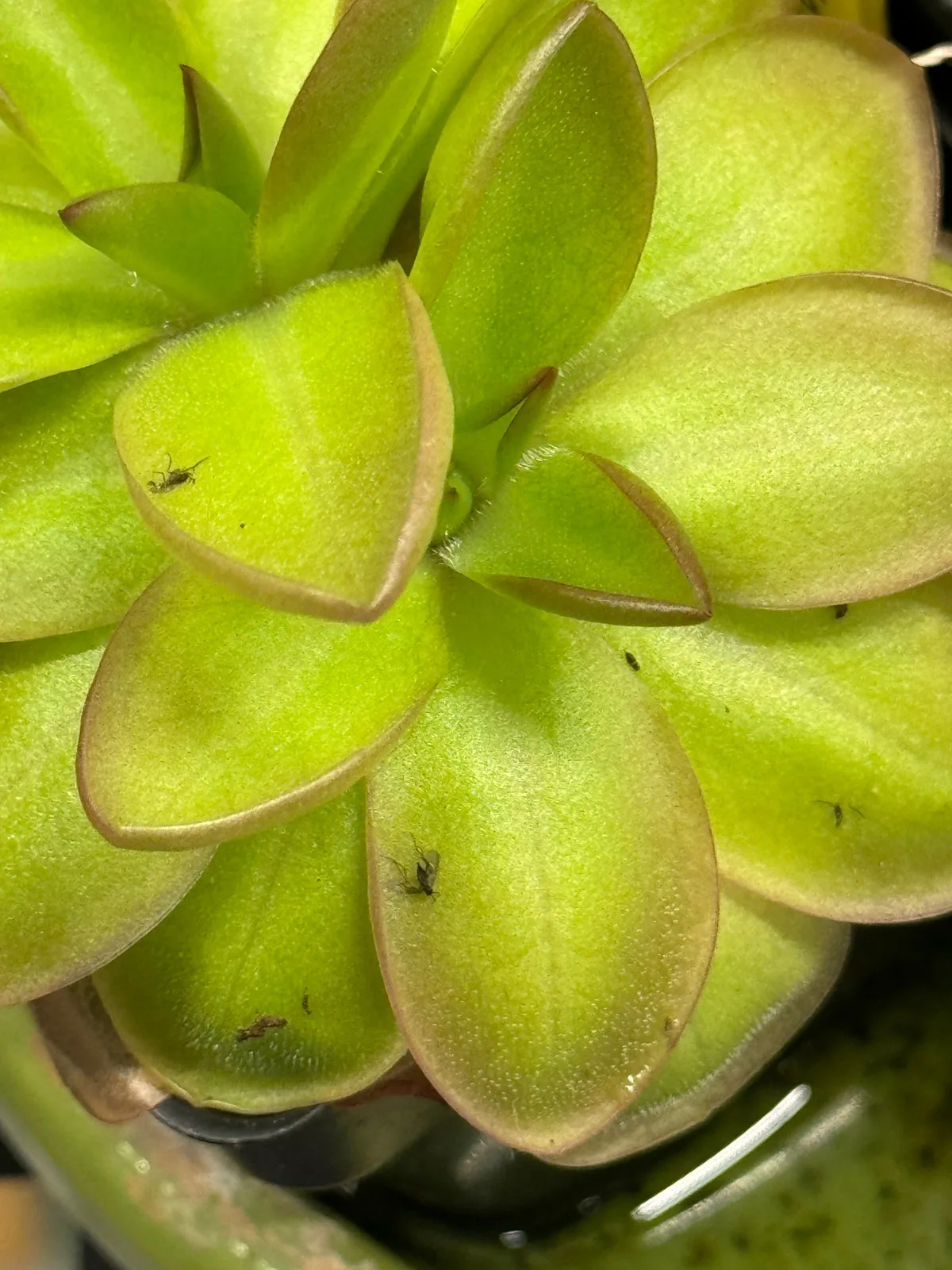
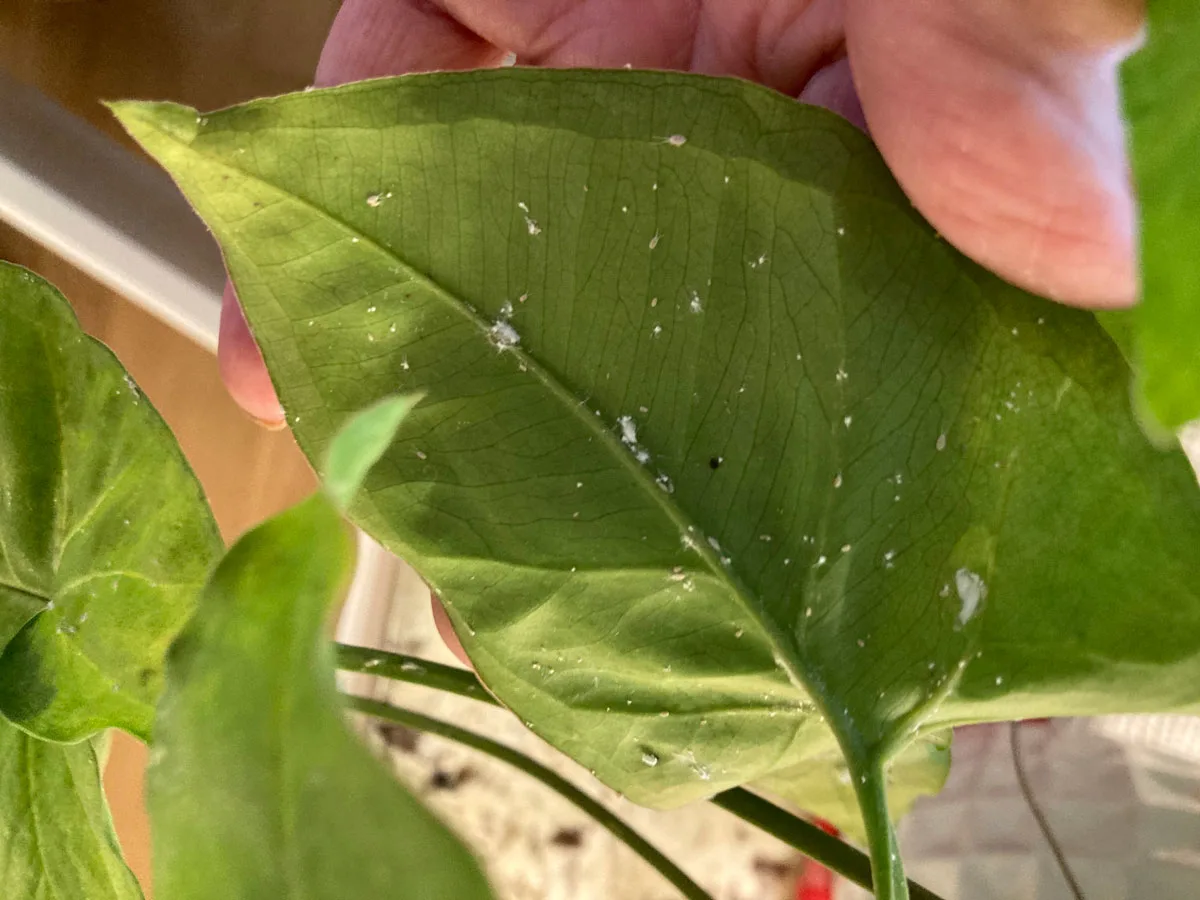
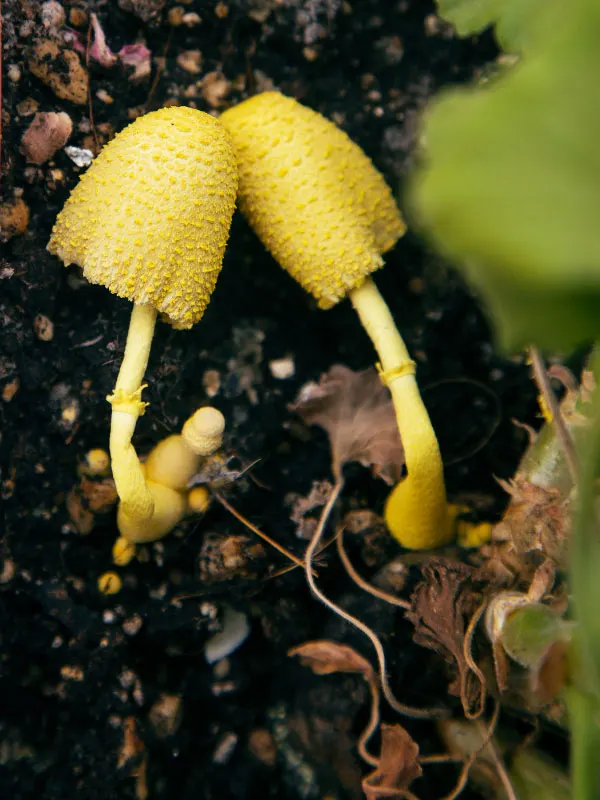
Janet
Tuesday 24th of October 2023
I am surprised with what everyone is saying about the bonide systemic insecticide that Amazon will not ship the mosquito bits to my location, but will ship the bonide.
Raffaele
Tuesday 24th of October 2023
That is very interesting!
Isabel
Tuesday 10th of October 2023
Can I use mosquito bits or the inseticida em calatheas? My Calathea orbifolia has had gnats for weeks now. It got much better with the traps. But they are still around. Calatheas are so sensitive that I was trying to avoid putting anything on the soil.
Raffaele
Tuesday 10th of October 2023
As far as I know, they should be safe to use!
Tiffiny
Saturday 23rd of September 2023
I have used yellow traps in the past, but I just decently bought the black sticky traps. Do you think that SAS a mistake? Hitting
Raffaele
Monday 25th of September 2023
Hm, I've actually never seen black sticky traps. I would see how well they work. If you see fungus gnats flying around and none on the sticky traps, maybe switch back to yellow. Or maybe if you use both a yellow and black one next to each other, and see which one works better. Just a thought!
Gail A
Wednesday 24th of May 2023
I’ve been using the Mosquito Bits tea at 1 tsp/quart of water, with little effect. also using sticky traps. I tried the bits spread on the soil but they got moldy though I think they helped more than tea. Do you add a new layer of bits each week if you are doing a three week treatment or just water the original bits you put down? Thanks.
Raffaele
Friday 26th of May 2023
If you're not seeing any effect, try them weekly like you mentioned.
kaye
Wednesday 5th of April 2023
Hi I bought diatomaceous earth; haven't recieved book yet - Do I just sprinkle the powder on the top soil? Fiddle fig trees thank you
Raffaele
Thursday 13th of April 2023
I've never personally used it myself, but from what I hear, you just sprinkle it until the surface of the soil is covered.